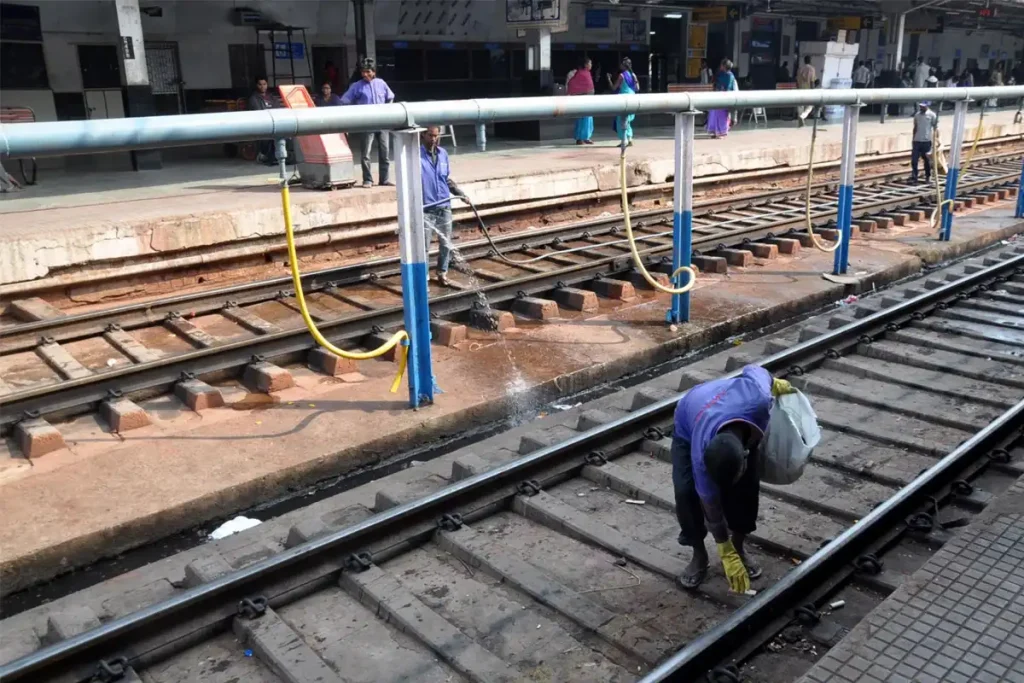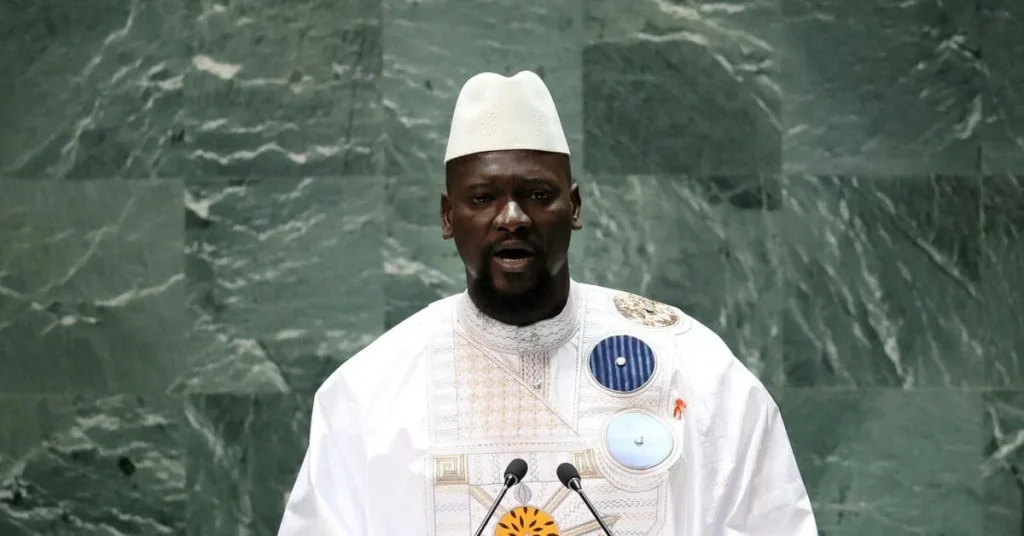A catastrophic freight train derailment in Lualaba province, southeastern Democratic Republic of Congo (DRC), claimed 75 lives, with the toll rising from an initial 60 after further bodies were discovered, officials reported on March 14, 2022. “The train, with a 14-car trailer, carried more than 100 tonnes of freight bound for Lubumbashi when a cut in the tracks caused [it] to fall into a ravine,” said Fabien Mutomb, Director of the National Railway Company of Congo (SNCC). The accident, which occurred on March 11 near Buyofwe village, also injured 125 people, 28 critically, per the Congolese Ministry of Communication. President Felix Tshisekedi expressed condolences, and the government is reportedly supporting the injured.
Infrastructure Failures and Stowaways
The derailment exposed the DRC’s chronic infrastructure challenges. SNCC labeled the victims “stowaways,” noting that hundreds illegally boarded the freight train due to the “lack of passable roads and passenger trains” in the region, as civil society groups argued. “People regularly jump onto freight trains to travel across the vast country,” a local official told AFP, highlighting the absence of viable transport alternatives. The train, with 15 wagons (12 empty), derailed at 11:50 p.m. while climbing a slope, with seven wagons plunging into a ravine, per SNCC’s Marc Manyonga Ndambo. This incident, one of the deadliest globally in two years, underscores the risks of overloading and poor maintenance.
Calls for Accountability and Support
The opposition party, Awakening of Conscience for Work and Development (ECT), demanded government assistance for funeral arrangements and victim compensation. “The government must provide support to the families affected,” an ECT spokesperson stated, urging accountability for the disaster. Civil society groups echoed calls for improved railway safety, citing a history of deadly accidents, including a 2014 derailment in Katanga that killed 136. “Train derailments are common in the DRC,” per an AFP database, with poor track conditions and outdated infrastructure contributing to over 2,000 deaths in transport accidents since 2014.
Systemic Transport Challenges
The DRC’s rail network, operated by SNCC, suffers from decades of underinvestment, with tracks like the Katanga line described as “very degraded” by UNJLC in 2006. Despite a 2019 $500 million deal with Russian Railways to upgrade infrastructure, progress has been slow. “The country has a bad track record with train derailments and boats capsizing,” analysts noted, linking frequent accidents to overloading and neglect. In 2022 alone, another derailment in Lualaba killed seven, per Africanews, highlighting ongoing risks. The reliance on freight trains for passenger travel, driven by a lack of roads and passenger services, exacerbates the issue.
Path to Reform
As of August 2025, the DRC’s transport safety crisis persists, with a July 2025 derailment killing 10, per X posts, signaling little improvement. The government’s focus on economic reforms under Vision 2030 contrasts with lagging infrastructure investment, with only 1,302 km of the Katanga line operational, per Wikipedia. “Urgent investment in rail and road networks is critical,” a 2023 World Bank report urged, emphasizing safety upgrades. Without addressing these systemic failures, tragedies like the Lualaba derailment risk recurring, leaving vulnerable communities to bear the cost of the DRC’s transport woes.






